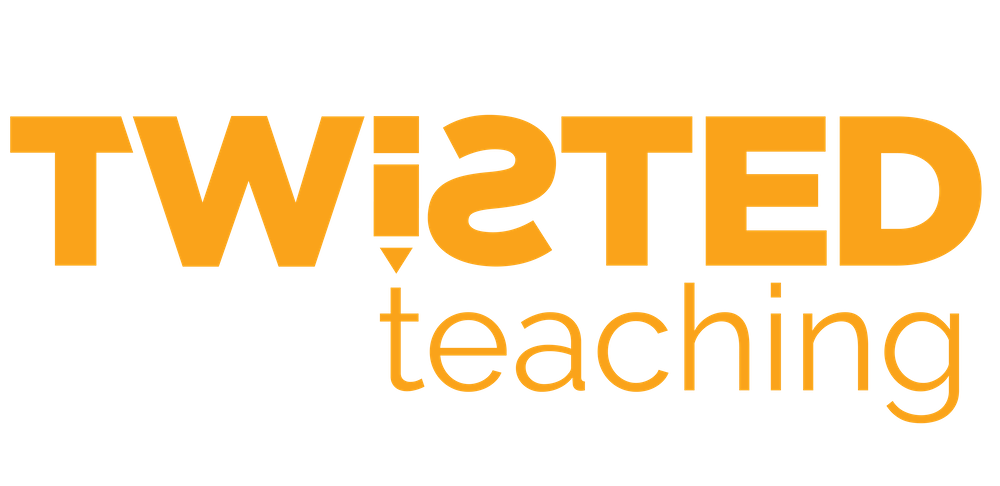Are you Using Technology to Change Teaching or Change Students’ Lives?
With all the conversation around Fall 2020 and schools’ responses to the reality of COVID-19’s impact on education, one constant in the midst of our uncertainty is the need to embrace technology and to use it as a dynamic tool for effective, academically robust, and engaging instruction.
Over the last twenty years, talks of the Digital Divide have lived in large-scale policy–No Child Left Behind (2002) and ESSA (2015) outlining the inequitable in education specifically referring to technology use. Most recently, in February of 2019, the U.S. Dept. of Education began rigorously researching the Digital Divide, and what they refer to as Ed Tech Equity. They define it as “the difference between students’ educational experience and outcomes when technology is a factor, with a particular focus on key subgroups (e.g., by English language learner status, disability status, geographic location, race/ethnicity, sex, socioeconomic status.) (NCES, 2020).
Much like earlier policy documents, this definition clearly outlines communities most affected by inequitable educational experiences with technology–namely, ELLs, students with disabilities, students living in specific geographic locations, and students in specific racial-ethnic, SES, or gendered groups. When students are at multiple intersections, for example being African-American or LatinX and falling within the low SES group, these inequities continue to grow. Students from these historically underserved populations are in need of more than access to devices, we must examine the “how” and “why” technology is used in classrooms and learning environments to disrupt the transfer of “ same approach new tools”, to “opportunity and empowerment.”
Hohlfeld et al.’s (2008) Digital Divide Model does just that. It gives us a research-based framework to discuss the Digital Divide from an empowerment and equity-based lens. Hohlfeld et al.’s (2008) study examined technology use in Florida’s culturally diverse schools spanning 7 years and found that Low SES students generally used software for computer-directed activities such as drill and practice while their High SES counterparts used software for student-controlled activities such as creating with or communication through technology. More recently, Hohlfeld, Ritzhaupt, Dawson, & Wilson (2017), discussed digital inequality as a form of social inequality pointing to the ways technology use can improve students’ quality of life. They argued that the ultimate goal of technology use by teachers and schools should be to empower students. In the diagram below, you will see an adapted version of their Digital Divide Model.
Each level builds upon each other and prepares students for the next level. The foundation, or L1, is the school infrastructure; this includes physical devices, broadband, even human capital, and staffing to support the facilitation of technology systems use. The second level, L2, is classroom use by teachers and students. This level includes the range of uses of technology for instruction. It is at this level that we closely examine the goals teachers set when using technology, the outcomes they purpose to achieve, the range of supports, scaffolds and normalized uses–even the addressing of instructional equity by design. This is the level where we see teachers modeling the use of the technology with the whole class, in small groups, and individually for personalized and responsive instruction. This is also the level where we see students forming their foundations of technology skills and understandings. Finally, L3, is where we see students using the foundations from L1, and L2, to use technology in a variety of ways to create, innovate, collaborate, and empower themselves, those in their immediate learning environment, and even their extended family and community. If students are using technology in ways that prepare them to be producers instead of consumers (Donnor, 2005), their trajectories in college and beyond will be tremendously impacted.
Because of the expansive body of resources made possible by technology, teachers have the opportunity to embed culturally responsive content into their instruction. They are not bound by text-books, out-dated, color-blind, or linguistically-blind curriculum. With students in mind, they can purpose to be more inclusive of positive, historically accurate representations of themselves. Through high-level technology use, teachers can bring students’ cultural knowledge and assets into the learning environment, welcoming and normalizing and valuing diverse perspectives. They can even use technology for dynamic collaboration, such as Global Socratic Seminars which my colleague Martine Brown commonly uses to connect with culturally diverse classrooms around the world; students connect their content readings with real-world happenings, discussing timely topics, thinking critically, create arguments, and engaging in both written and verbal demonstrations of their thinking in authentic ways.
Recently, Alexes Terry, and I presented at The New Normal Summit where we challenged teachers and school leaders to adopt a TechEquity for Empowerment mindset. This is especially relevant for schools that serve culturally and linguistically diverse students and families. We believe that even in these unprecedented times, technology should be used: “ in ways that validate all students, educates all students, and empowers all students to control their lives and future.” The teacher’s role, the students’ role, and the schools’ learning environment can all support this work to leverage students’ current technology understandings and skills to ensure they are able to create their future realities. As you begin preparing for the Fall and consider the ways you plan to implement technology into your classroom or school. I would like to challenge you to reflect on the ways you can inspire students through technology and ask yourself: Am I using technology to change my teaching or am I using technology to change my students’ lives?
Elissa W. Frazier is an Equity-Centered Educational Consultant, Educator, Researcher, and Culturally Responsive Evaluator. She is a Co-founder of The Color CodED Community, and her Twitter handle is @fraziersvision.
References
Every Student Succeeds Act of 2015, Pub. L. No. 114-95 § 114 Stat. 1177 (2015-2016).
Hohlfeld, T. N., Ritzhaupt, A. D., Barron, A. E., & Kemker, K. (2008). Examining the digital divide
in K-12 public schools: Four-year trends for supporting ICT literacy in Florida.
Computers & Education, 51(4), 1648-1663.
Hohlfeld, T. N., Ritzhaupt, A. D., Dawson, K., & Wilson, M. L. (2017). An examination of seven
years of technology integration in Florida schools: Through the lens of the Levels of
Digital Divide in Schools. Computers & Education, 113, 135-161.
No Child Left Behind Act of 2001, Pub. L. 107–110, 115, 20 U.S.C. § 6319 (2002).
U.S. Department of Education (2019) NCES Ed Tech Equity Initiative. Retrieved from




